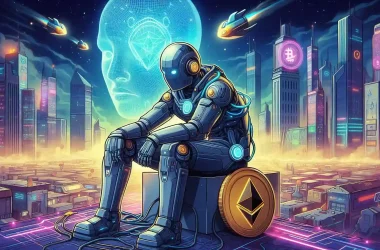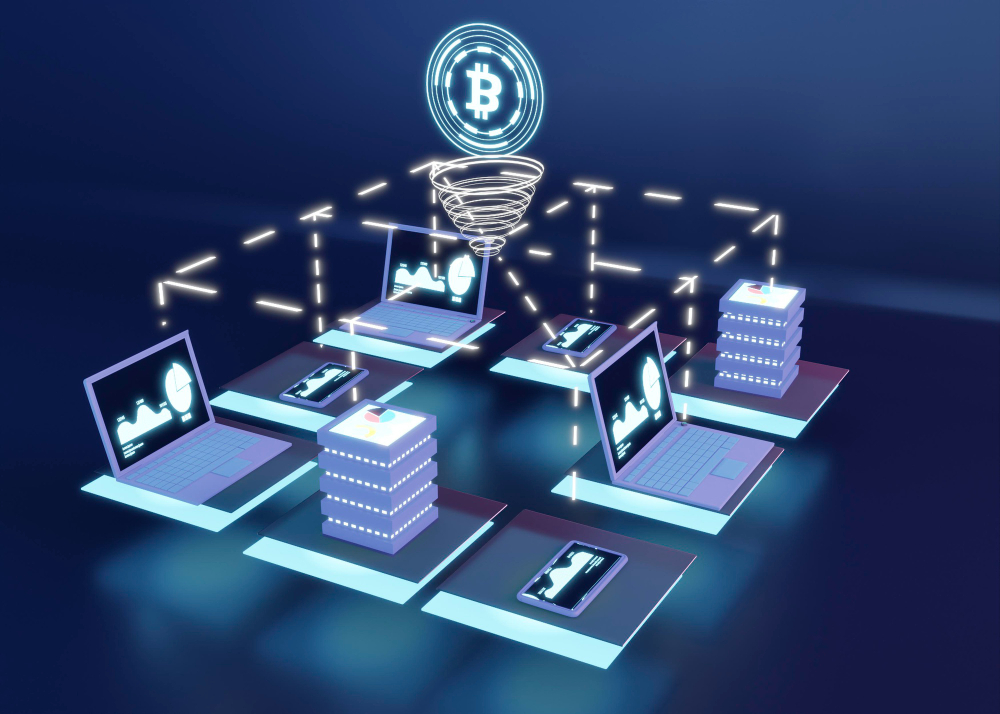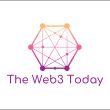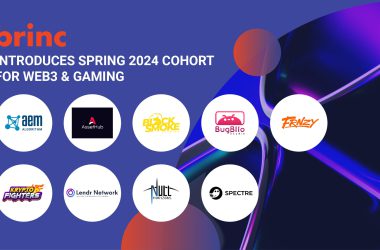Explore the evolution of the internet and the concept of Web3, which aims to decentralize the web and empower users through blockchain technology.
Web3 is a term that refers to the next evolution of the internet. While Web1 was characterized by static web pages and Web2 introduced interactive content and social networking, Web3 is all about decentralization and user empowerment through technologies like blockchain, decentralized finance (DeFi), and decentralized applications (dApps).
Evolution of the Internet: From Web1 to Web3
- Web1: The first iteration of the internet, characterized by static web pages with limited interactivity. Users were mainly consumers of content.
- Web2: The second iteration, which introduced dynamic web pages, social networking, and user-generated content. This era saw the rise of platforms like Facebook, Twitter, and YouTube.
- Web3: The current and evolving iteration, focuses on decentralization, blockchain technology, and user empowerment. Web3 aims to give users more control over their data and digital assets.
Key Technologies of Web3
- Blockchain: A distributed ledger technology that forms the backbone of many Web3 applications. Blockchain ensures transparency, security, and immutability of data.
- Decentralized Finance (DeFi): Refers to financial services built on blockchain technology, allowing for peer-to-peer transactions without traditional financial intermediaries.
- Decentralized Applications (dApps): Applications that run on a decentralized network of computers (like blockchain) instead of a single server. dApps are resistant to censorship and offer greater privacy and security.
- Smart Contracts: Self-executing contracts with the terms of the agreement directly written into code. They automatically execute actions when predefined conditions are met, without the need for intermediaries.
Benefits of Web3
- Data Ownership: Users have more control over their data, deciding how and when to share it.
- Transparency: Blockchain’s transparent nature ensures that transactions and data are open for scrutiny.
- Security: Blockchain’s decentralized and cryptographic nature makes it highly secure against fraud and data breaches.
- Interoperability: Web3 aims to create a more interconnected internet, where different platforms and applications can seamlessly interact.
- Innovation: Web3 opens up new possibilities for innovation, especially in finance, governance, and digital ownership.
Challenges and Considerations
- Scalability: Current blockchain networks face challenges in handling large volumes of transactions quickly and efficiently.
- Regulatory Uncertainty: The regulatory landscape around blockchain and cryptocurrencies is still evolving, posing challenges for widespread adoption.
- User Experience: Some decentralized applications may have a steeper learning curve compared to traditional applications, which could hinder mainstream adoption.
- Environmental Impact: The energy consumption of some blockchain networks, especially proof-of-work-based ones, has raised concerns about their environmental impact.
Conclusion
Web3 represents a significant shift in how the internet operates, moving towards decentralization, user empowerment, and privacy. While there are challenges to overcome, the potential benefits of Web3 are vast, promising a more inclusive, secure, and innovative internet for the future.















